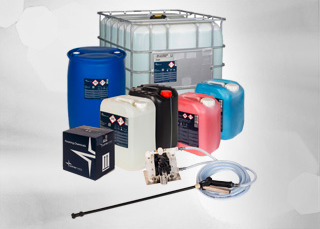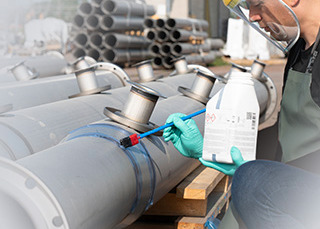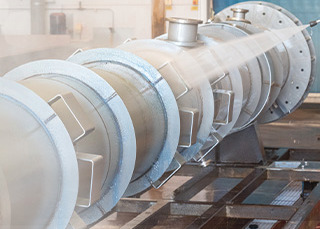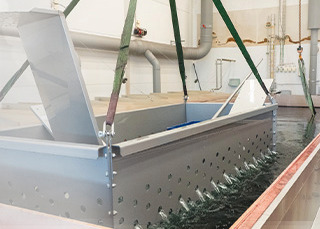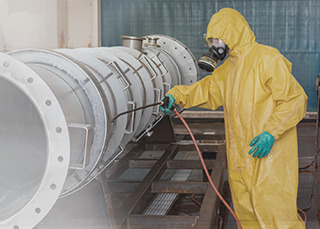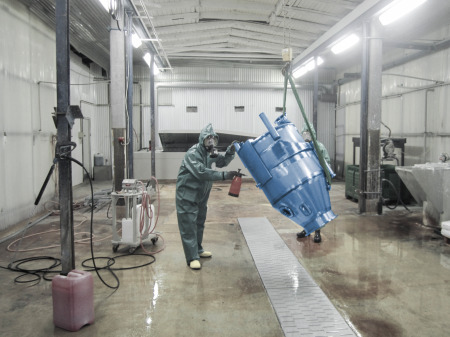| 1.4301 |
304 |
2.0 |
BlueOne® Pickling Paste 130 |
30 - 60 |
| 1.4301 |
304 |
2.0 |
RedOne® Pickling Spray 240 |
45 - 90 |
| 1.4301 |
304 |
2.0 |
BlueOne® Pickling Paste 130 |
30 - 60 |
| 1.4301 |
304 |
2.0 |
RedOne® Pickling Spray 240 |
45 - 90 |
| 1.4401 |
316 |
2.0 |
BlueOne® Pickling Paste 130 |
30 - 60 |
| 1.4401 |
316 |
2.0 |
RedOne® Pickling Spray 240 |
45 - 90 |
| 1.4401 |
316 |
2.0 |
BlueOne® Pickling Paste 130 |
30 - 60 |
| 1.4401 |
316 |
2.0 |
RedOne® Pickling Spray 240 |
45 - 90 |
| 1.4404 |
316L |
2.0 |
BlueOne® Pickling Paste 130 |
30 - 60 |
| 1.4404 |
316L |
2.0 |
RedOne® Pickling Spray 240 |
45 - 90 |
| 1.4404 |
316L |
2.0 |
BlueOne® Pickling Paste 130 |
30 - 60 |
| 1.4404 |
316L |
2.0 |
RedOne® Pickling Spray 240 |
45 - 90 |
| 1.4404 |
316L |
2.0 |
BlueOne® Pickling Paste 130 |
30 - 60 |
| 1.4404 |
316L |
2.0 |
RedOne® Pickling Spray 240 |
45 - 90 |
| 1.4404 |
316L |
2.0 |
BlueOne® Pickling Paste 130 |
30 - 60 |
| 1.4404 |
316L |
2.0 |
RedOne® Pickling Spray 240 |
45 - 90 |
| 1.4404 |
316L |
2.0 |
BlueOne® Pickling Paste 130 |
30 - 60 |
| 1.4404 |
316L |
2.0 |
RedOne® Pickling Spray 240 |
45 - 90 |
| 1.4404 |
316L |
2.0 |
BlueOne® Pickling Paste 130 |
30 - 60 |
| 1.4404 |
316L |
2.0 |
RedOne® Pickling Spray 240 |
45 - 90 |
| 1.4539 |
904L |
3.0 |
BlueOne® Pickling Paste 130 |
90 -180 |
| 1.4539 |
904L |
3.0 |
RedOne® Pickling Spray 240 |
120 -240 |
| 1.4539 |
904L |
3.0 |
BlueOne® Pickling Paste 130 |
90 -180 |
| 1.4539 |
904L |
3.0 |
RedOne® Pickling Spray 240 |
120 -240 |
| 1.4539 |
904L |
3.0 |
BlueOne® Pickling Paste 130 |
90 -180 |
| 1.4539 |
904L |
3.0 |
RedOne® Pickling Spray 240 |
120 -240 |
| 1.4501 |
S32760 |
3.0 |
BlueOne® Pickling Paste 130 |
90 -180 |
| 1.4501 |
S32760 |
3.0 |
RedOne® Pickling Spray 240 |
120 -240 |
| 1.4161 |
S32101 |
3.0 |
BlueOne® Pickling Paste 130 |
90 -180 |
| 1.4161 |
S32101 |
3.0 |
RedOne® Pickling Spray 240 |
120 -240 |
| 1.4161 |
S32101 |
3.0 |
BlueOne® Pickling Paste 130 |
90 -180 |
| 1.4161 |
S32101 |
3.0 |
RedOne® Pickling Spray 240 |
120 -240 |
| 1.4362 |
S32304 |
3.0 |
BlueOne® Pickling Paste 130 |
90 -180 |
| 1.4362 |
S32304 |
3.0 |
RedOne® Pickling Spray 240 |
120 -240 |
| 1.4362 |
S32304 |
3.0 |
BlueOne® Pickling Paste 130 |
90 -180 |
| 1.4362 |
S32304 |
3.0 |
RedOne® Pickling Spray 240 |
120 -240 |
| 1.4462 |
S32205 |
3.0 |
BlueOne® Pickling Paste 130 |
90 -180 |
| 1.4462 |
S32205 |
3.0 |
RedOne® Pickling Spray 240 |
120 -240 |
| 1.4462 |
S32205 |
3.0 |
BlueOne® Pickling Paste 130 |
90 -180 |
| 1.4462 |
S32205 |
3.0 |
RedOne® Pickling Spray 240 |
120 -240 |
| 2.4605 |
N06059 |
3.0 |
BlueOne® Pickling Paste 130 |
90 -180 |
| 2.4605 |
N06059 |
3.0 |
RedOne® Pickling Spray 240 |
120 -240 |
| 2.4360 |
N04400 |
3.0 |
BlueOne® Pickling Paste 130 |
90 -180 |
| 2.4360 |
N04400 |
3.0 |
RedOne® Pickling Spray 240 |
120 -240 |
| 1.4547 |
S31254 |
4.0 |
BlueOne® Pickling Paste 130 |
120 - 240 |
| 1.4547 |
S31254 |
4.0 |
RedOne® Pickling Spray 240 |
150 - 300 |
| 1.4547 |
S31254 |
4.0 |
BlueOne® Pickling Paste 130 |
120 - 240 |
| 1.4547 |
S31254 |
4.0 |
RedOne® Pickling Spray 240 |
150 - 300 |
| 1.4565 |
S34565 |
4.0 |
BlueOne® Pickling Paste 130 |
120 - 240 |
| 1.4565 |
S34565 |
4.0 |
RedOne® Pickling Spray 240 |
150 - 300 |
| 1.4565 |
S34565 |
4.0 |
BlueOne® Pickling Paste 130 |
120 - 240 |
| 1.4565 |
S34565 |
4.0 |
RedOne® Pickling Spray 240 |
150 - 300 |
| 1.4410 |
S32750 |
4.0 |
BlueOne® Pickling Paste 130 |
120 - 240 |
| 1.4410 |
S32750 |
4.0 |
RedOne® Pickling Spray 240 |
150 - 300 |
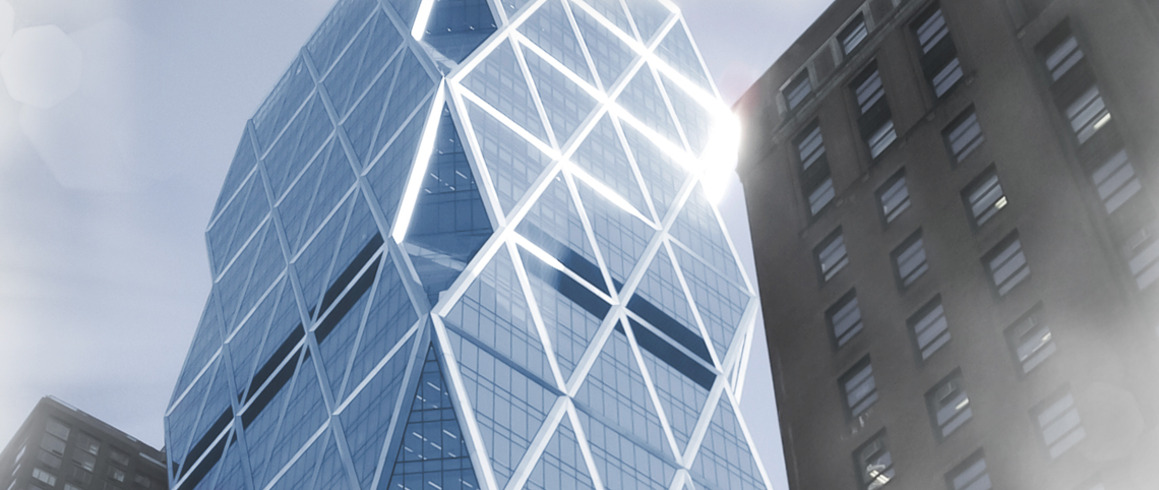 Finishing ChemicalsWe are a leading producer of pickling products for stainless steels and special alloys.
Finishing ChemicalsWe are a leading producer of pickling products for stainless steels and special alloys.

